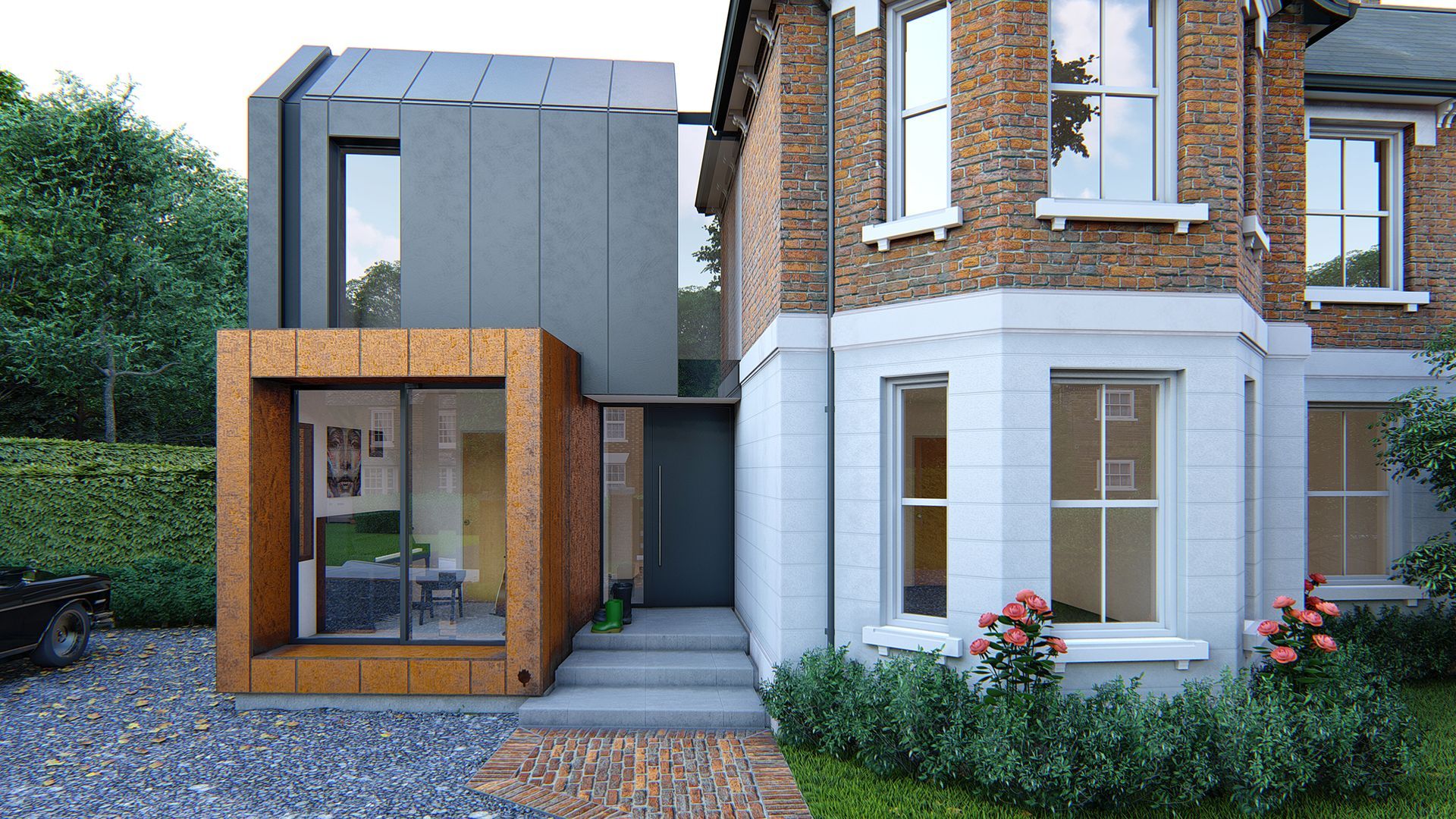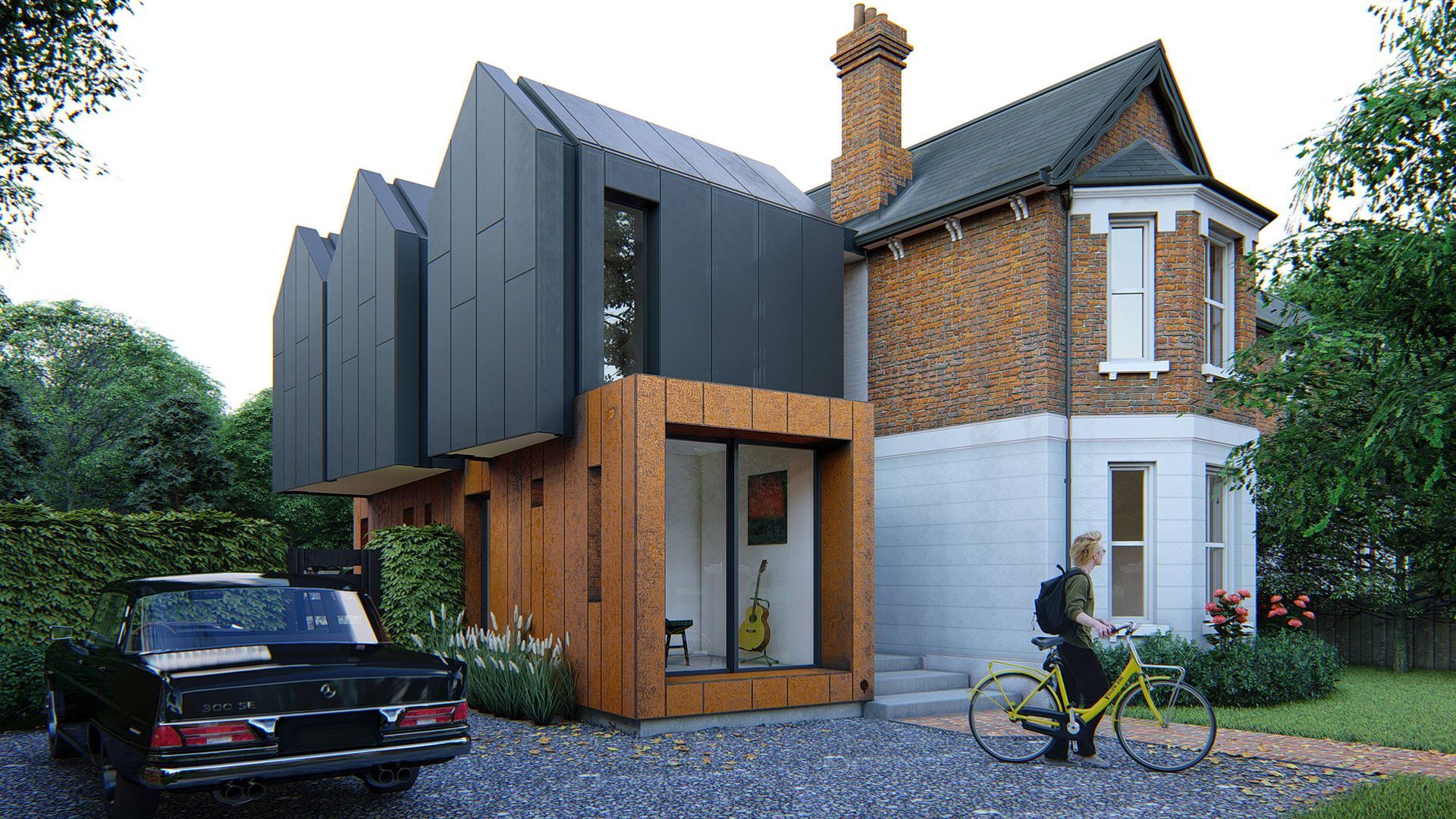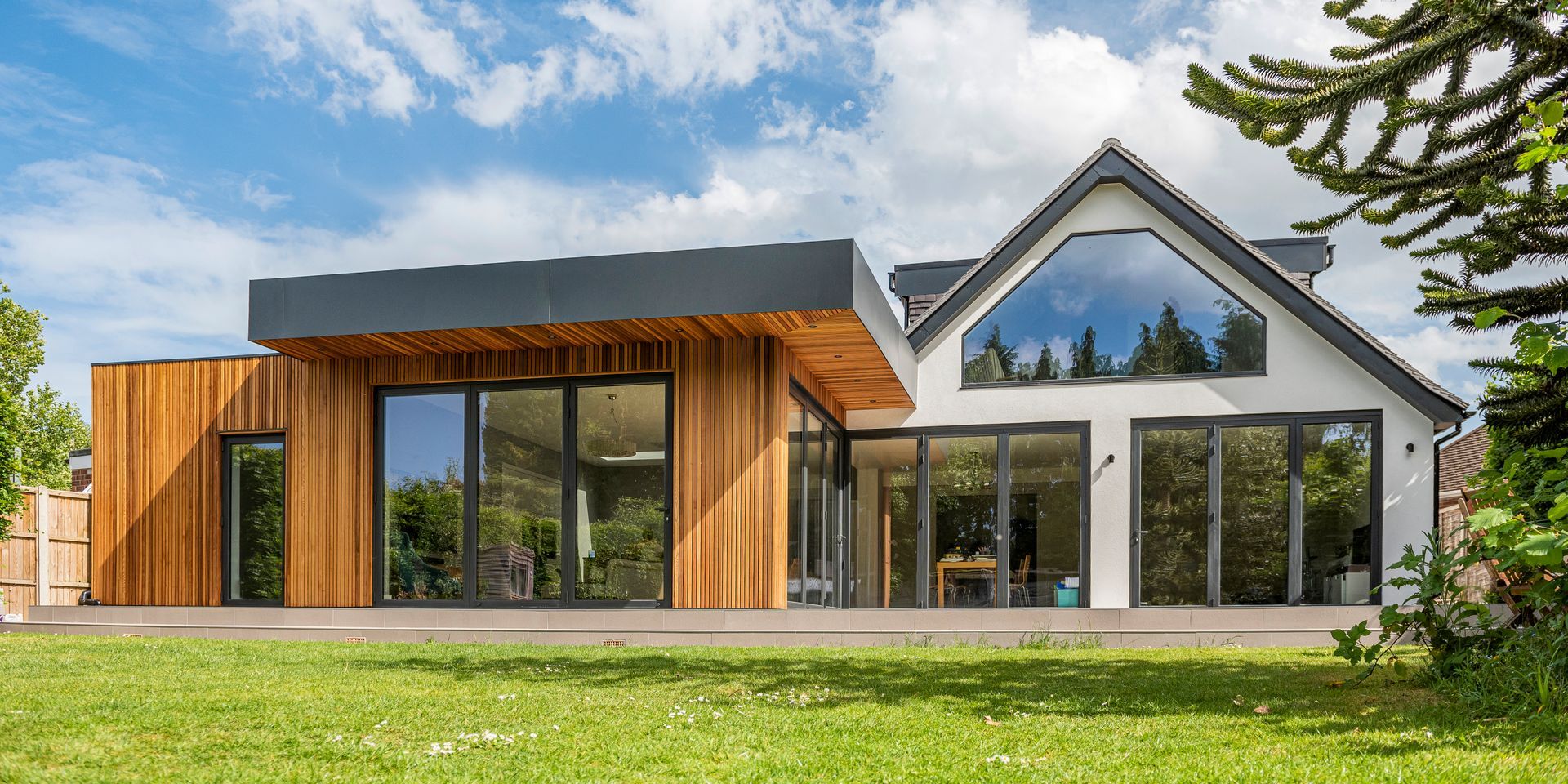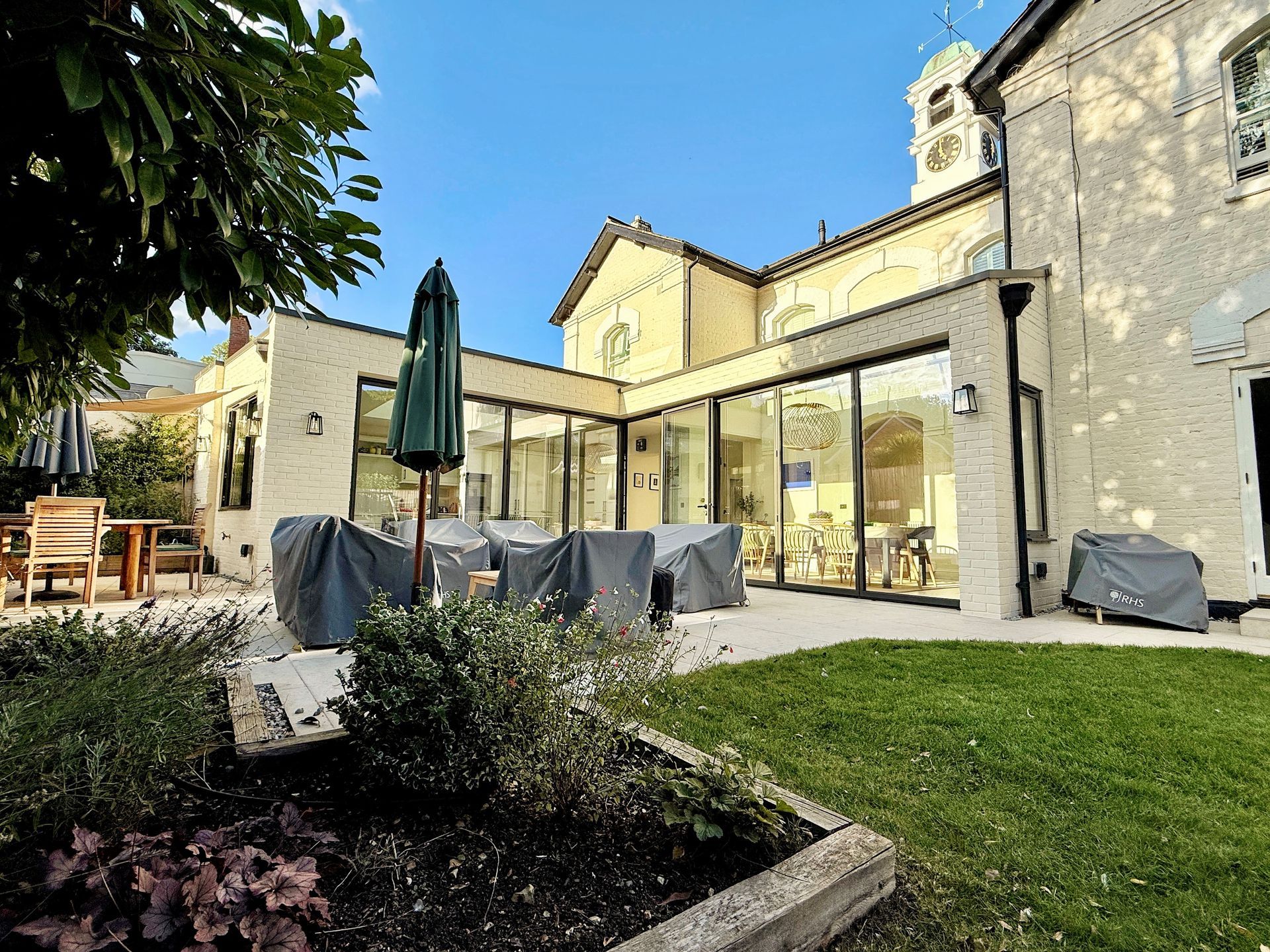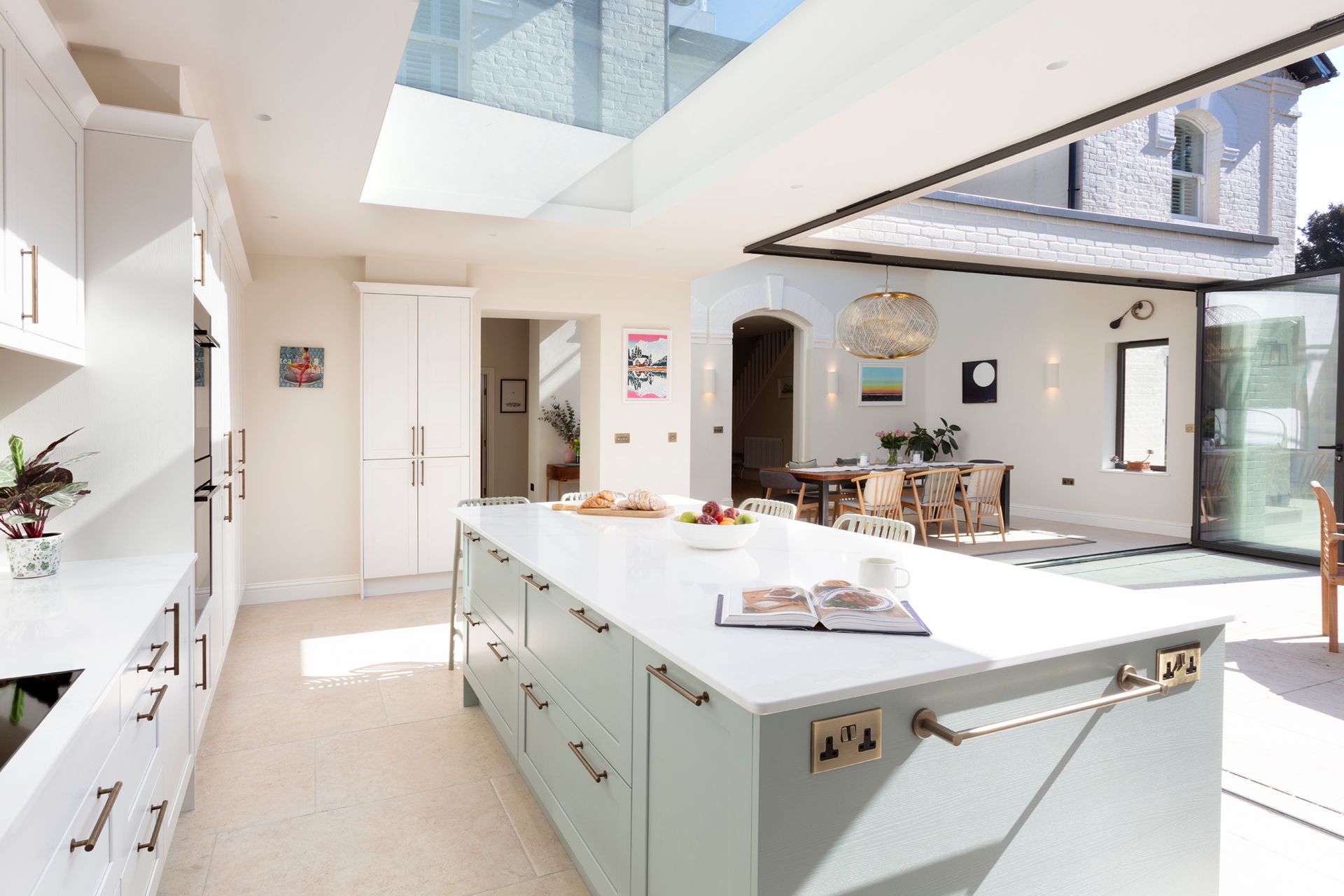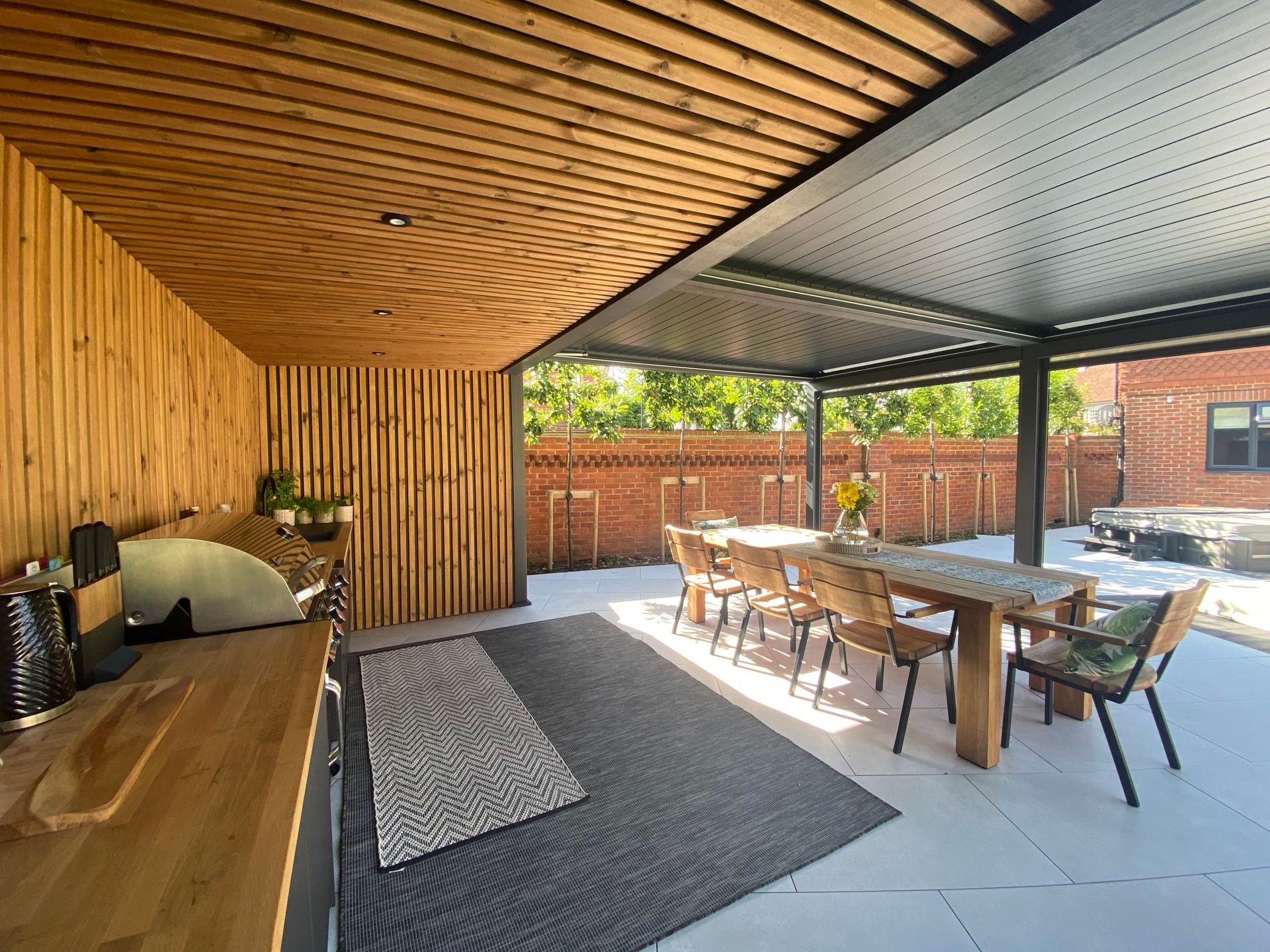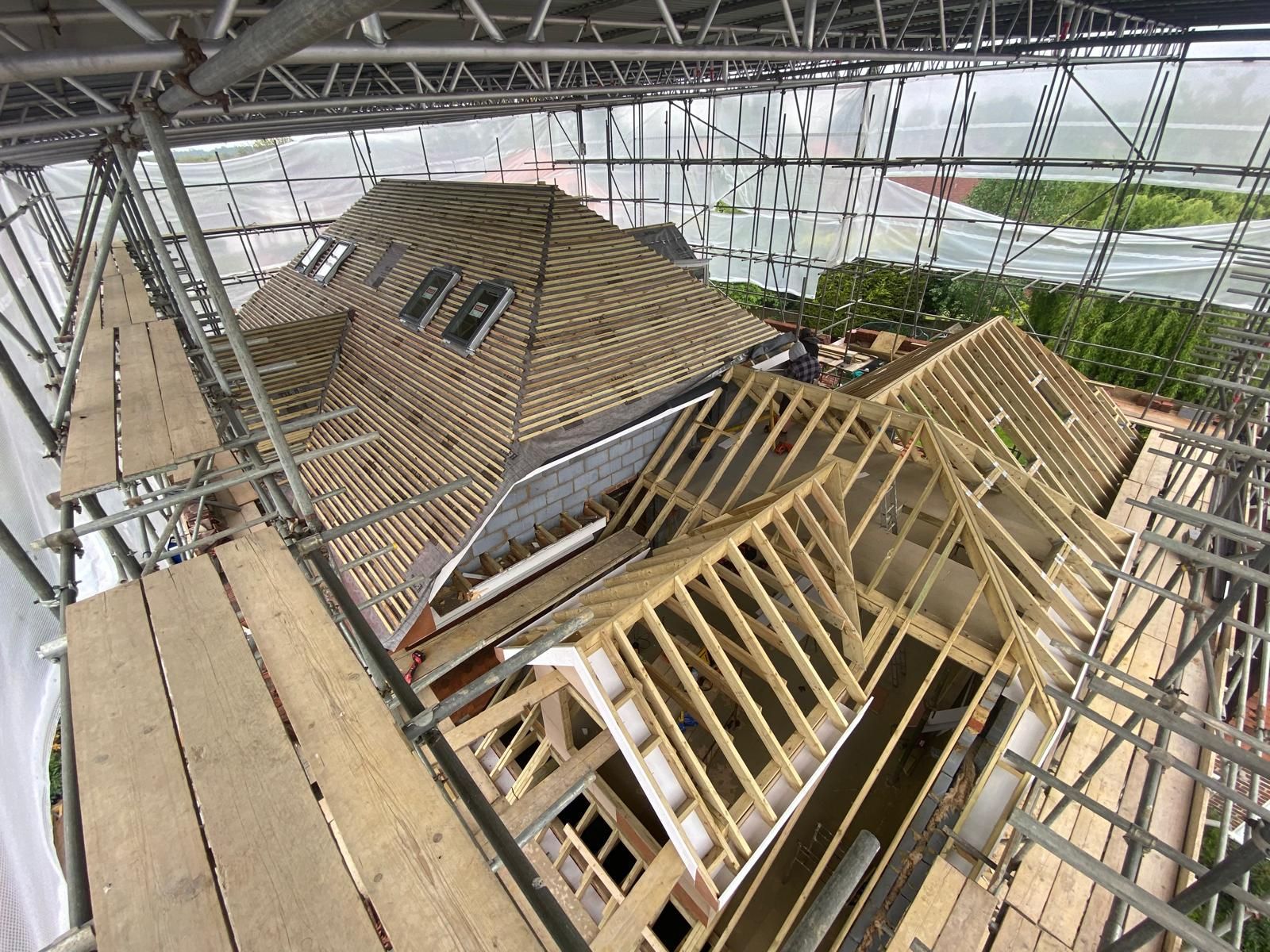BE BRAVE!
If there was one thing I would wish for my kids, it’s that they are brave.

I don’t mean fight the biggest person in the class and get a bloody nose, I mean follow your heart regardless of what other people will think of you – stand up and sing your song – or regret it! The fear of the shame of getting things wrong and being mocked is (in my view) the greatest and saddest obstacle in our lives.
Design is very much like this – it’s why so many developer houses are painted magnolia – you stick year head above the parapet and do something different and you’re immediately exposing yourself.
If only it were as easy as that eh?! When it comes to architectural design, the proposals (quite rightly) have to be approved by the local authority to ensure they don’t cause any (unreasonable) harm to the amenity of neighbours and the surroundings of the property. The problem is that there is no incentive for the Local Authority to be brave – why would they risk accepting an individual modern design, for which they might be criticised, when they can play it safe and make everything new look like – everything old! The truth is that they rarely (seem to) take the risk.
I was going to say we got lucky with one of the most beautiful buildings we’ve ever designed, when the (temporary) conservation officer was a firm believer in the continuing the story of historical style to reflect the time in which it would be designed and built, which gave the local authority the confidence they needed to support the proposal. It was not just luck though as without fear of arrogance – this is a stunning design – and that is because of the amount of time we spent on it – being brutally critical with ourselves until we couldn’t see any way of making it any better.
In the end, I was grilled by a senior planning officer for 45 minutes about the design – it was the easiest test of my life as I’d been so utterly immersed in the project that there wasn’t a single question that I hadn’t already considered and they granted the proposal a delegated approval.
It certainly isn’t for everyone though and although I might adore modern architecture (I also love heritage architecture (just less of a fan of mock-anything!)) I appreciate the time, commitment, cost and risk that it takes to go for it, so whole heartedly support all of our clients, in whatever they want to do.
If you do want to stick your head above the parapet and sing your song though – give us a call – we’d love to work with you!
The main materials we used for the design:
https://www.equitone.com/en-gb/materials/natura/
https://www.cor-ten-steel.co.uk/index.php/corten-cladding/
